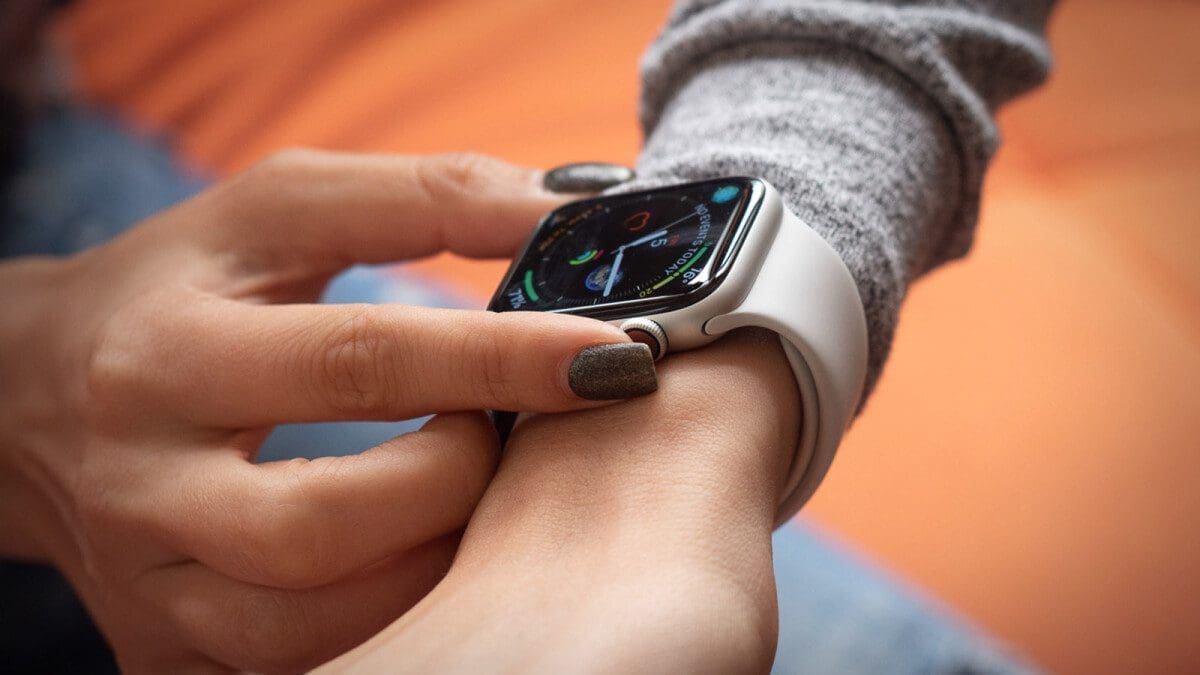The Apple Watch series had a rough start when it was initially released in 2015. However, with numerous updates and revisions, Apple has perfected the smartwatch formula. The device not only looks elegant and operates smoothly but also boasts one of the most reliable heart rate sensors. Furthermore, it continues to receive new health and fitness features over time. In this article, we will explore the major new features that Apple introduced with each new Apple Watch and highlight the subtle differences that have accumulated over the years.
The first Apple Watch, also known as Series 0, established a solid foundation for Apple. Unlike other companies that experimented with various watch formats, Apple remained consistent with a rectangular watch available in two sizes. This included a smaller size that many other smartwatch makers lacked. Additionally, the original Apple Watch introduced the concept of interchangeable bands, making it convenient and popular among users. However, its performance was lacking, often resulting in slow interactions. Despite this, Apple made significant improvements in subsequent generations.
Next, Apple introduced the Series 1, which addressed the slow speed issue of the original Apple Watch. With a new dual-core processor that was 50% faster than its predecessor, the Series 1 gained popularity due to its improved performance and lower price point.
Simultaneously, Apple released the Series 2, which added essential features such as a GPS sensor and water protection for swimmers. It also introduced the Breathe app, which aided users in destressing after a busy day. This app became a signature experience that other smartwatch makers later imitated. The Series 2 garnered a more positive reception and saw an increase in sales.
Exactly a year later, Apple launched the Series 3, a breakthrough product with independent cellular connectivity. This meant that users could make calls directly from the watch without needing their phone. Although this feature came at an additional cost and required a monthly fee, it revolutionized the way users could stay connected without their phones. Additionally, Apple addressed the performance issues by introducing a new processor, making the watch a smooth and responsive device.
With the Series 4, Apple addressed one of the most requested features by users – an always-on screen option. Although the Series 4 did not include this feature, it boasted a larger screen and improved design. It also introduced an ECG feature to monitor heart health and fall detection to automatically call emergency contacts. This marked Apple’s first significant step towards positioning the Apple Watch as a health guardian.
The Series 5 finally fulfilled the most requested feature with the addition of an always-on display. It also introduced an additional compass for improved location visualization. Apple managed to maintain the 18-hour battery life while incorporating these new features.
The Series 6 offered minor updates, maintaining the design and performance power of its predecessor. The major new feature was an SpO2 sensor that measured blood oxygen levels, which could potentially predict the onset of illness or serve as an indicator for certain occupations. Sleep tracking was also added, along with a slightly brighter screen for enhanced outdoor visibility.
Alongside the Series 6, Apple launched the Apple Watch SE, which was essentially a rebranded Series 3. The SE lacked certain features like the always-on display, ECG sensor, and blood oxygen sensor. However, it offered a more affordable price point starting at $280, making it an attractive option for budget-conscious consumers. Additionally, for the first time, upgrading to a cellular model only cost an additional $50.
In 2021, Apple introduced the highly anticipated Series 7. While the design remained similar to its predecessors, the Series 7 featured slightly larger screens and smaller borders. It boasted a 33% faster charging time and an on-screen keyboard for typing convenience. The watch also received an IP6X certification for dust resistance.
Overall, the Apple Watch series has come a long way since its initial release in 2015. With each new iteration, Apple has improved performance, added groundbreaking health features, and refined the design. The Apple Watch has undoubtedly become a must-have device for tech enthusiasts and fitness-oriented individuals.










